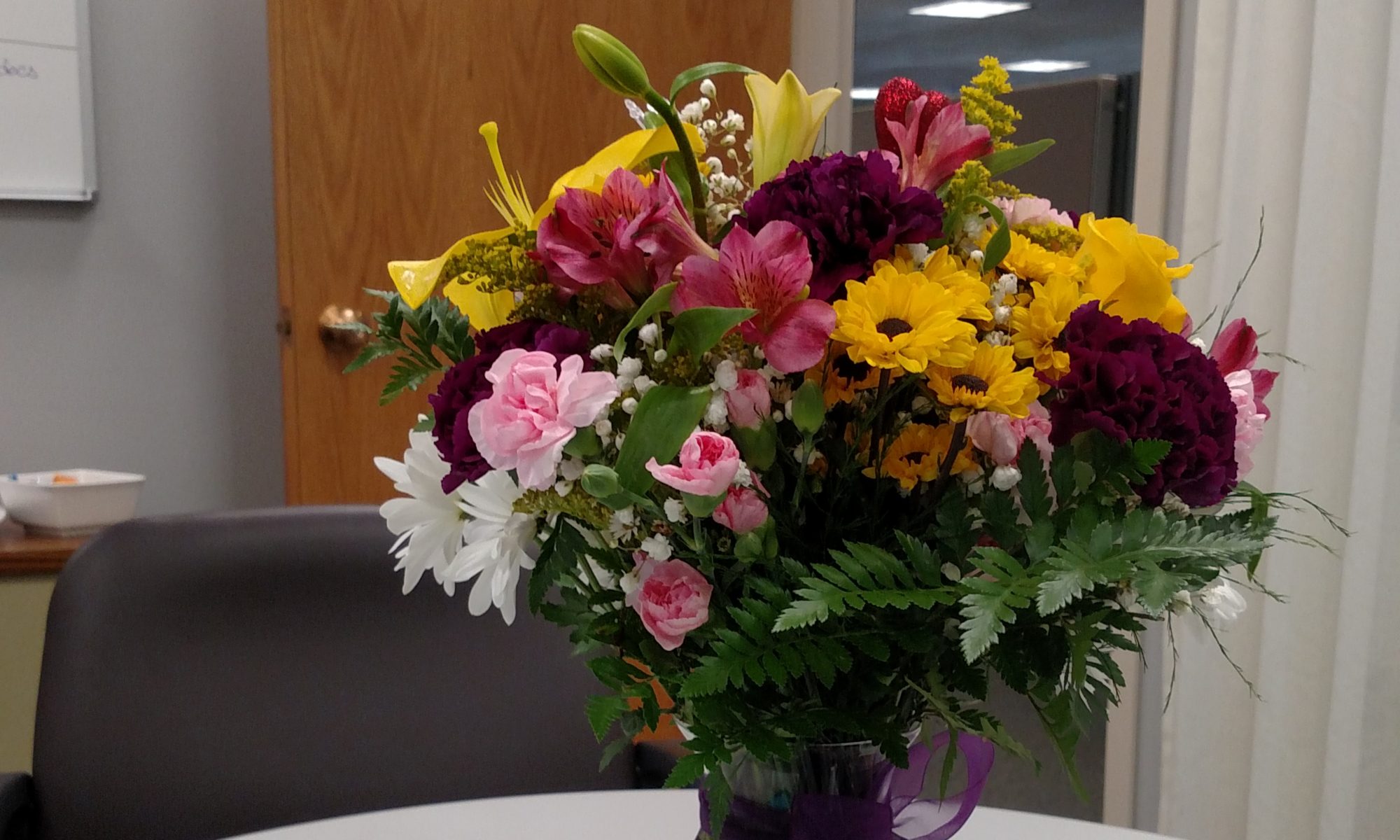
I’ve spent a lot of time on sailboats. One thing I learned is that if you want to get to your destination, you have to stay on your compass heading. Holding to your course on a sailboat means watching the changes in the wind, trimming the sails as needed, understanding that boat is always buffeted by currents, guided by the rudder, moved by the engine and the fluctuations of everything around her.
Hold steady is a nice command to hear your captain say. I’ll give all you sailors that. It calls up memories of relaxing, just a bit because nothing huge is changing right now. We know where we are, and we know where we’re going. Hold steady is not a call to correct course, to realize you’ve lost your way, and it’s not a call to sleep at the wheel. Hold steady could be fighting to keep moving, inch by inch, when you’re tacking into the wind – heading just a bit to the left, then weaving just a bit to the right in order to stay on course. It could be heeling way over, the boat tipped so far that everything in the cabin slides, as the ship slices forward, as you brace your feet to keep from tumbling across the cockpit. Staying the course when you’re close in by land means keeping vigilant, watching for hazards. One thing it doesn’t mean is inaction.
Sorry folks. I know it’s been a year of changes and blindsides. I know you’ve had to confront the fear of the unknown, sailing your ship out of sight of land, when all you have to guide to yourself is the memory of the destination you set out for. I know you’ve lost ground, you’ve suffered injuries and loss, found yourself in strange waters. Holding to our course is nothing short of using all our courage and stamina to keep pushing forward.
Last week, I didn’t put out a blog. It was a concious decision. I spent the weekend working on a presentation for my coaching business and I wasn’t willing to overwork. So, I missed delivering my blog. I’m making changes, adjusting for the current conditions. I’m turning off the engine of endurance, which I’ve been using to launch this business, and working with the current conditions.
Another thing I’m changing is the amount and quality of information around politics. During the early days of the pandemic, I wanted the most current information at my fingertips. Now, it’s clear that I’ve done all I can do to adjust to the new way of things and I can focus on holding steady, looking far out ahead and making sure I’m tracking towards my destination. No need to watch for lobster pots and shipping traffic. We’re no longer in the harbor. Now? We’re in the long game. I need less details and more quality. Longer articles and less hype.
If we’re going to keep heading where we want to go, we have to keep adjusting and keep believing that somewhere out over a perfect circle of a horizon, beyond which we can not see, is the port we set out for, the destination we imagine.
All we have to do is stay alert.
All we have to do is adjust to changes as they arise.
All we have to do is stay focused; all we have to do is hold steady.
I’ll meet you at the dock.
And that? Is how we move forward.




